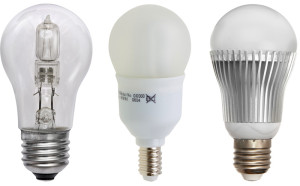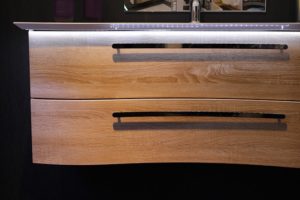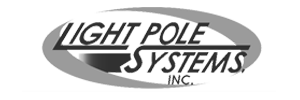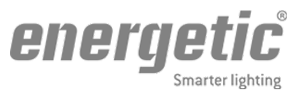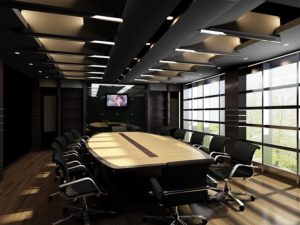 Studies show that there is a correlation between productivity, better work experience and lighting. However, it takes more than just a desk lamp and some recessed lights to turn an office into the ideal workspace where people can get some real work done. To get there, there are a number of lighting factors to consider to ensure your staff feel comfortable, safe, and secure under your lights.
Studies show that there is a correlation between productivity, better work experience and lighting. However, it takes more than just a desk lamp and some recessed lights to turn an office into the ideal workspace where people can get some real work done. To get there, there are a number of lighting factors to consider to ensure your staff feel comfortable, safe, and secure under your lights.
Switch to LED Lighting
If you want to save money while getting better light quality, consider switching to LEDs. While conventional light fixtures like fluorescent tubes are the common choice for offices and workspaces, LEDs are quickly becoming the de facto option for office and commercial lighting.
A common problem with fluorescent lights is that they tend to flicker and become dim throughout their lifetime. They also produce excessive heat and can even produce a hum, making them a possible distraction.
LEDs are much more efficient compared to fluorescent lamps and other light bulbs in the market. They also have a longer lifespan and use a fraction of the power needed to produce the same intensity of light. They don’t dim, flicker, or produce noise either.
Natural Light Is Your Friend
Sunlight has a natural effect that helps people feel active, happy, and alert. Studies show that offices that integrate as much natural light into their space end up with happier, more productive employees.
Not only will natural increase staff happiness, it also helps you reduce electricity consumption during the day. When it’s still bright outside, it makes no sense to use artificial lighting. Make sure you maximize your windows by pulling back curtains or opening up your blinds to let some sunlight in.
You can even integrate a modern feature into your lighting called a daylight integrated lighting control system, which automatically adjusts the brightness of your bulbs with the amount of light coming into your space.
Automate Your Light System
You can’t go wrong automating your lighting system. This will allow you to create presets and schedules that automatically switch your lights turn on and off on specific times of the day and even specific days of the week. You can also adjust your lights to dim gradually as the sun rises—great for offices with graveyard schedules.
Lights for Every Task
Working on a desk? Make sure there are pendant or track lights above. Showing a PowerPoint presentation? Make sure your lights are dimmable. Going over some documents and manuals? Turn on your desk lamp for added brightness. Point is, there has to be a specific task light that can make any task easier and safer to perform. So, consider all the different tasks that happen in an office, and assign your lighting fixtures accordingly.
With all the different lighting choices in the market, finding the best office lighting can be confusing. Keep the tips above in mind to help you make the best choice for your work space.


 Apartment Lighting
Apartment Lighting Area Lighting
Area Lighting Automotive Lighting
Automotive Lighting Building Wall Pack Lighting
Building Wall Pack Lighting Canopy Lighting
Canopy Lighting High & Low Bay Lighting
High & Low Bay Lighting Industrial Lighting
Industrial Lighting Parking Lots & Garages
Parking Lots & Garages Pathway Lighting
Pathway Lighting Retail Lighting
Retail Lighting Stairwell Lighting
Stairwell Lighting

